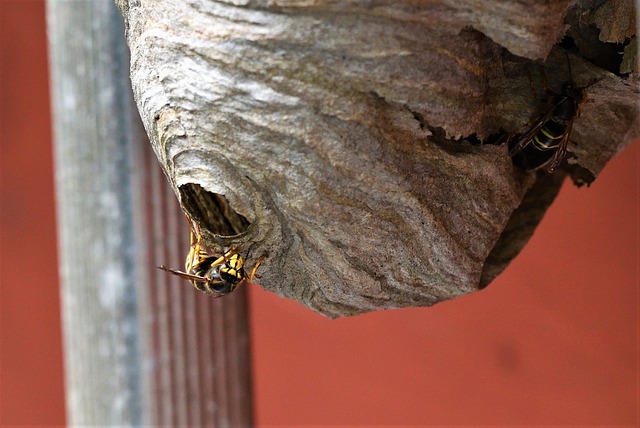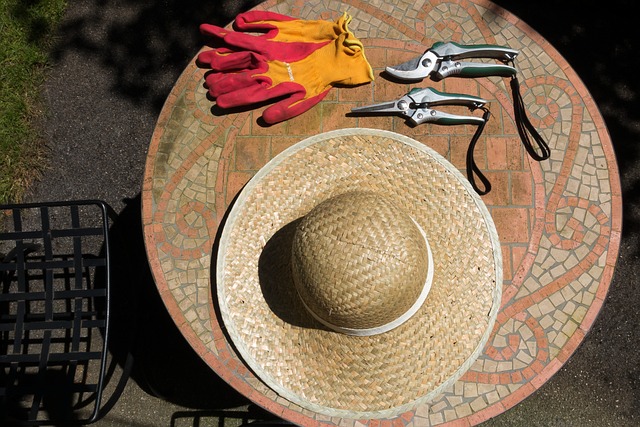Knowing how to communicate with groups of animals, or collectives, is a useful application of animal communication. There may be times when you want to talk to the ants that are invading your kitchen or the wasps that are building a nest in a not-so-convenient place. In this blog I provide the steps to start communicating with groups of animals. I will also share with you the story of how I shared my shed with a very active wasp nest one summer.
How to approach communicating with collectives
When you want to communicate with groups of animals that live in collectives – wasps, bees, ants and so forth – it’s best to communicate with the whole group. They act with a ‘hive mind’ – so communicating with the whole hive is usually the most effective approach.
To do this, simply envisage connecting with the whole hive or nest. Imagine sending the information – using words, feelings, pictures – to the whole group. You might imagine the group of insects in a bubble of energy. Imagine your message being transmitted to that bubble and being received by the whole group.
When we do this, it doesn’t matter if every single member of the group picks up the message. Simply trust enough of them will pick it up that the information will soon be shared among the whole collective.
The story of the wasp nest in the garden shed

A couple of summers ago I went into my shed and could hear that tell-tale ‘chewing’ sound that wasps make when building a nest. I noticed a lot of wasp activity at the far end of the shed and I could see they were building a nest on a shelf at the back of the shed.
Oh dear. I didn’t want to stop them from building their nest, but I also wanted to keep using my shed. What should I do?
Make a deal
To simply ask an animal to stop its natural behaviour can be a fruitless exercise. After all, why would they want to stop doing what comes naturally to them? I tried to imagine myself in the wasps’ situation. Why should they leave a nice warm dry space and abandon all of the work they’ve done so far, simply because I ask them to?
I find that it’s most effective to come up with a solution that meets their needs and yours – and then suggest that to them. By imagining why they are where they are, or why they are doing what they are doing, you can begin to see a way towards a compromise.
In this case I imagined that the the wasps wanted to be dry, warm and undisturbed. For my part, I wanted to use my shed and not get stung! I decided to ask the wasps to keep to the back of the shed (they were flying in and out of a hole at that end anyway). In exchange I would store the things I needed in the front part of the shed. In this way we could share the shed without needing to interfere with one another.
Suggest a solution and see if they agree
Having come up with this solution I took a few minutes to quieten my energy, and connected with the wasps. I imagined them in a bubble of energy and began by sharing my feelings of happiness that they had found a nice warm dry place for their nest, making them feel welcome.
Next I showed them, in my minds eye, that I would be coming in and out of the shed through the door. I also showed them that I would keep to the front of the shed, away from them, reassuring them that I didn’t want to interfere with them. I asked them to let me come in and out without bothering me, and I felt a sense of agreement from the wasps.
Fine-tune the agreement
If you feel that their agreement is not clear or if you notice later on that the behaviour hasn’t changed, go back and revisit the agreement. Begin by asking what they need so that the agreement is acceptable to them. Notice any ideas that pop into your mind about ‘tweaking’ the agreement and offer those. Trust these impulses. Once you feel that they are happy and agree to the new idea, try this new arrangement for a while.
It’s also important to remain confident that the agreement will work. Try to keep a positive mindset. Any doubt, fear, or negativity, such as imaging what you don’t want to happen, will be communicated to the animal. If you carry worried thoughts in your head that the wasps might come near you, you will inadvertently be sending them a message reinforcing the opposite of what you intended!
Keep to the deal

I felt that both the wasps and I were happy about the agreement we had struck. It felt like a workable solution that met both of our needs. However, the next time that I went to the shed I was distracted – my mind was full of other things. I forgot all about the wasps as I pulled open the shed door and clomped in to get my gardening things.
Immediately three wasps were right there, buzzing around me! About half a metre from my head. Oops! I forgot about our deal!
Stepping back out of the door I took a moment to centre myself. I quietened my mind and consciously calmed my energy. In this ‘bubble of calm’ I stepped back into the shed, picked up my gardening things and left again. This time the wasps left me alone and stayed at the back of the shed.
Remain mindful and calm
It was a great reminder to me to be present and mindful each time I went to the shed. It also confirmed that the communication had worked – they had agreed to the arrangement. And now they were reminding me that I needed to be calm when I entered the shed. Otherwise the projection of my energy would feel overwhelming and intrusive to them.
For animals (birds, insects) when we move around unmindful of our energy and our thoughts, it’s as if our thoughts are on loudspeaker. They feel the projection of our energy as strong force invading their space.
However, if we take a moment to quieten and calm ourselves, they feel calm and quiet, and safe, around us. Not only does this help our relationship with the animals; I also find that it is a wonderful teacher to me, to be more mindful and calm in my movements generally.
The wasps and I shared that shed all summer, respectful of one another’s presence and happily going about our business while keeping our distance. I was sad when they didn’t return the following year. They had been wonderful teachers for me.
Hopefully you will feel confident to communicate with groups or collectives of animals yourself.
When I went back to that wasp nest in the ground a few days later, there was a huge hole in the ground where the small opening had been. Badgers had found the nest and had dug it up, in order to get the wasp larvae which they like to eat. I was sad to see it suffer that fate, but I was also fascinated to see the beautiful inside workings of that underground wasps nest.
Share your stories
Have you tried to communicate with groups – of animals, birds or insects? If so, I’d love to hear what happened and how you got on. Please feel free to put something in the comments box below, or you can email me via this link.
Meanwhile if you’d like to find out more about animal communication or my workshops, or to enquire about a consultation you can book a free 20-minute discovery call with me using this link.


